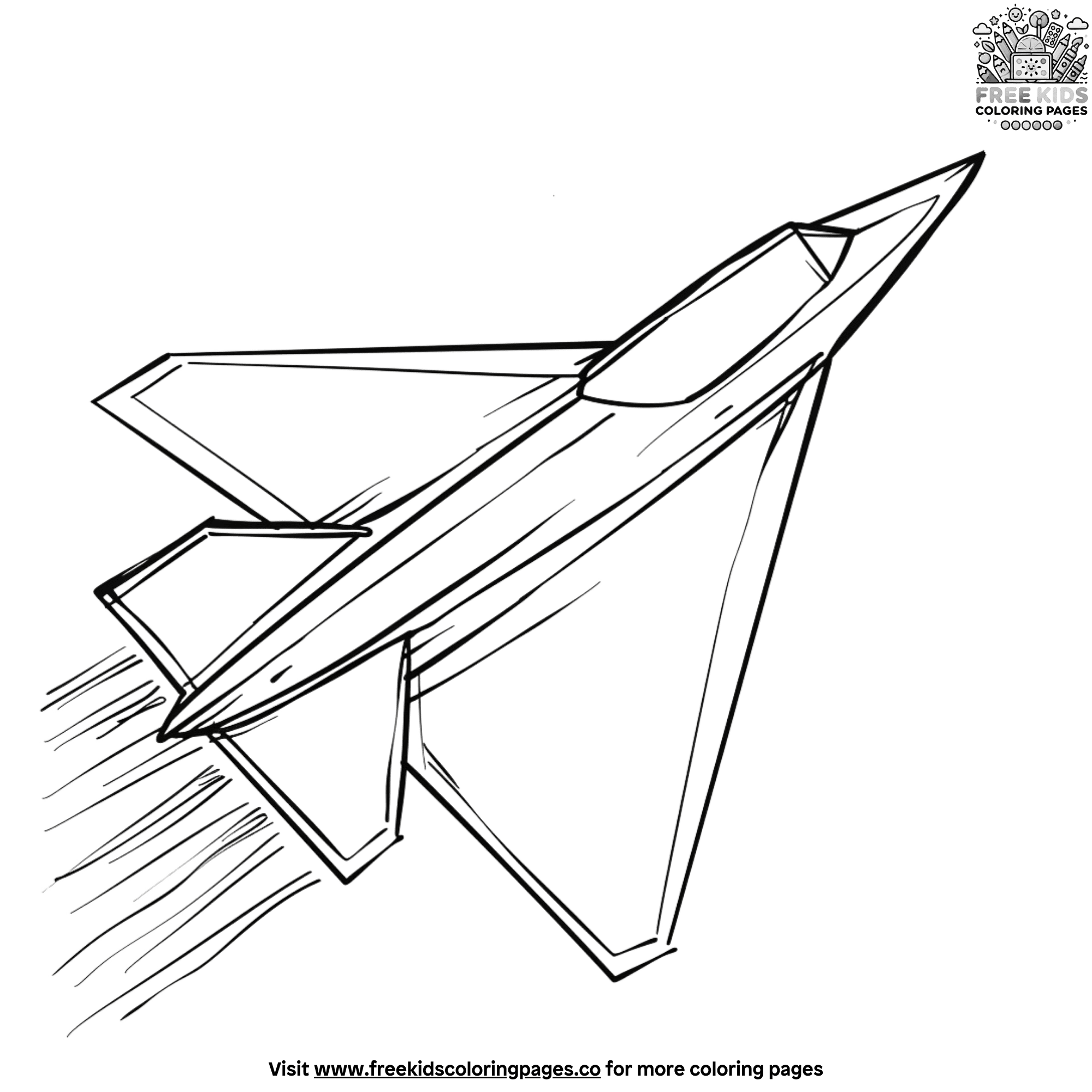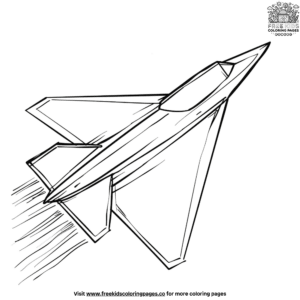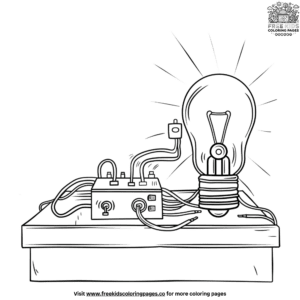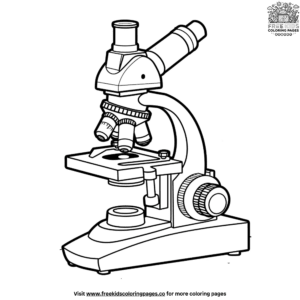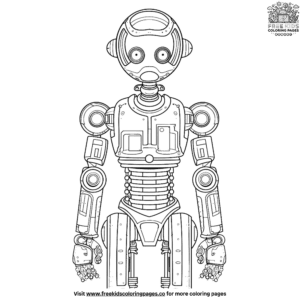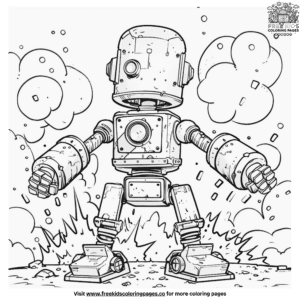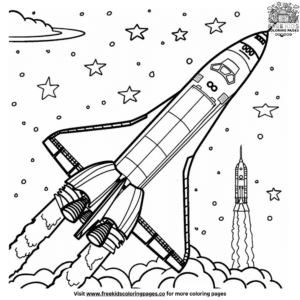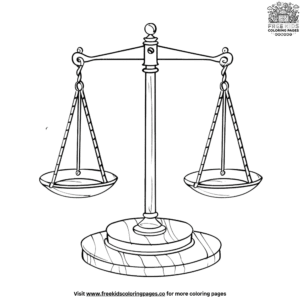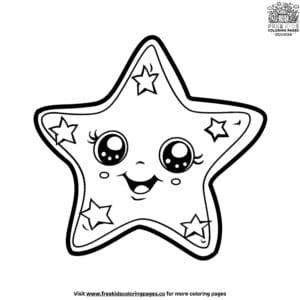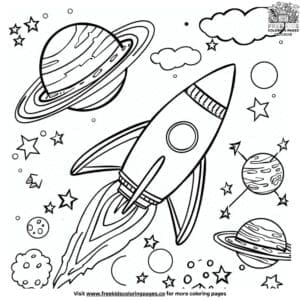These Paper Plane Experiments Science Coloring Pages are filled with dynamic details, from the folds of the paper planes to the excitement on the children’s faces, making them both educational and fun to color.
As children color these pages, they can learn about the basic principles of aerodynamics, such as lift, drag, thrust, and gravity. Parents and teachers can explain how different plane designs affect flight, why some planes fly further or stay in the air longer than others, and how factors like weight, shape, and balance influence aerodynamics.
They can also discuss the importance of experimenting, making predictions, testing hypotheses, and recording results—key components of the scientific method. This activity helps kids understand the science of flight in an accessible and engaging way.
The Paper Plane Experiments Science Coloring Pages also encourage hands-on learning and creativity. After coloring, kids might be inspired to fold their paper planes using the designs they colored and conduct their experiments to see which flies the farthest or fastest.
Kids can try modifying their planes, adding paper clips for weight, or changing wing shapes to see how these adjustments affect flight. This interactive approach fosters a love for science and encourages critical thinking and problem-solving skills.
You can use these coloring pages in classrooms, science clubs, or at home as part of a physics or engineering-themed activity. Teachers can integrate them into lessons on forces, motion, or the principles of flight.
Families can use these Paper Plane Experiments Science Coloring Pages to explore science together. Parents and children can color and discuss the different plane designs, conduct flight experiments, and learn about the forces that affect flight.
When you color together as a family, the activity can also lead to engaging conversations about the history of flight, the development of airplanes, and the future of aviation, sparking curiosity and a love for learning.

